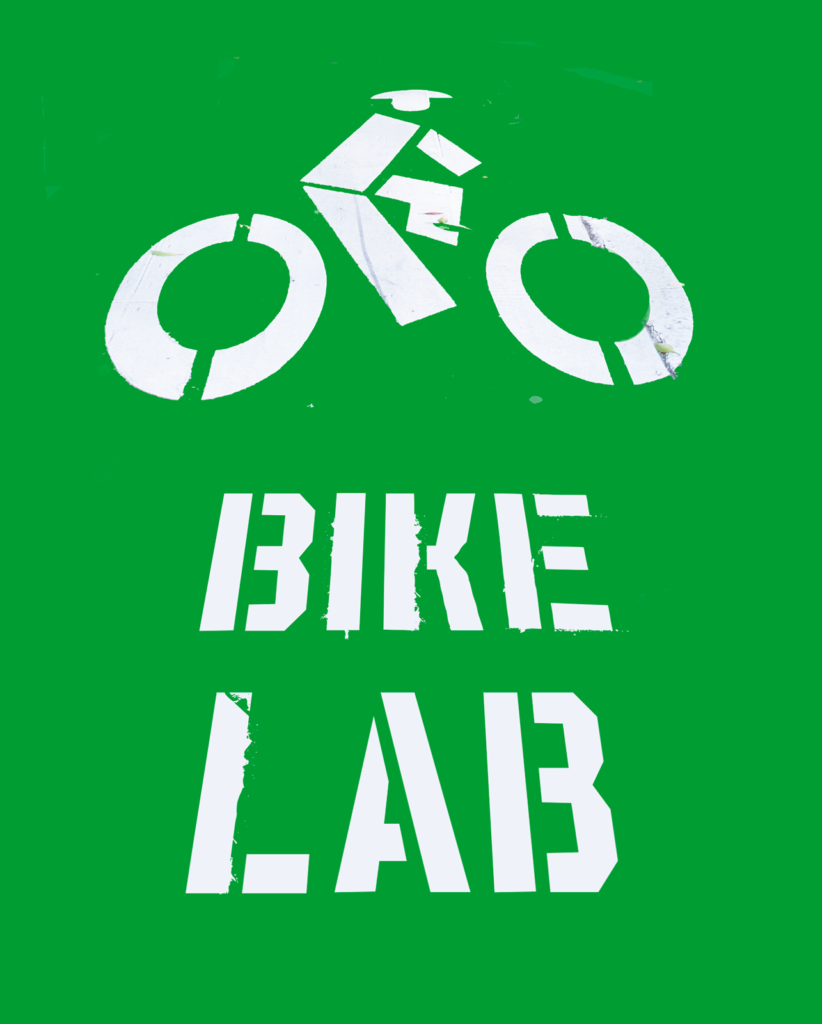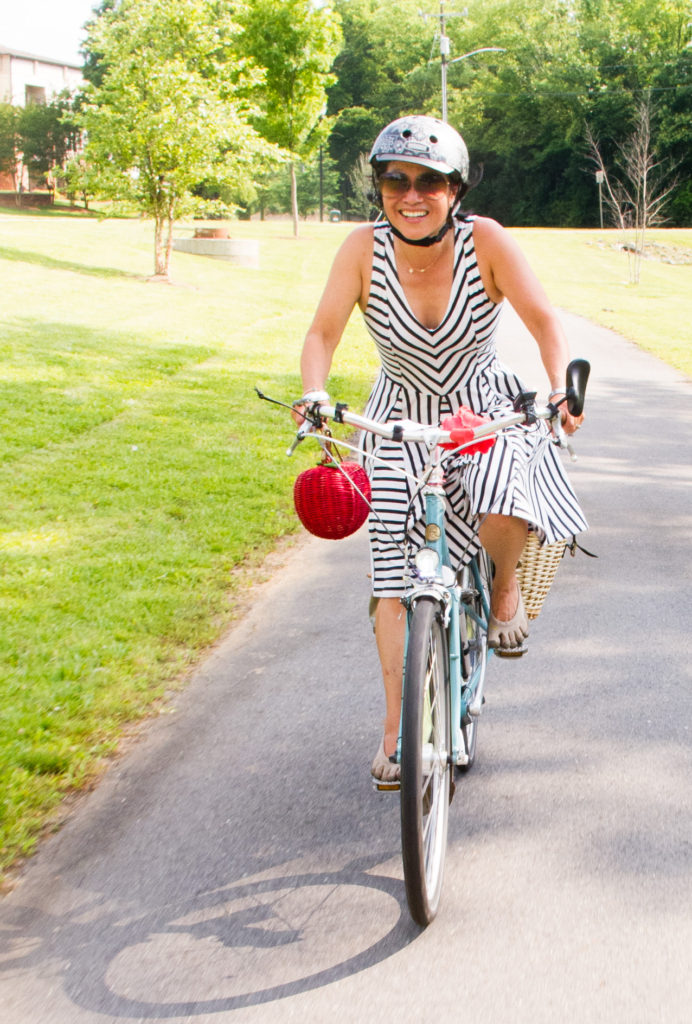As long as I’m talking about terminology, I’m thinking of using the term indigenous instead of natural to describe the existing infrastructure of a city prior to the construction of any bike-specific facilities. The OED defines indigenous as “Originating or occurring naturally in a particular place,” which I think captures the idea I want to get across. Indigenous bikeways aren’t entirely natural, but they exist (or don’t) based on decisions that were made decades or centuries ago.
The term also has a slightly unsettling connection to colonialism which I actually think is good, because I think urbanism often has a slightly unsettling connection to colonialism, or more specifically Orientalism.
And I happened to be visiting a city named for America’s favorite colonialist.

It didn’t take long to note the difference in indigenous bikeways in Columbus vs. Minneapolis. I haven’t yet delved into the research on how road design affects driver behavior, but it’s quickly evident that a one-way road without trees generates traffic that’s faster and more oblivious than two-way tree-lined roads. I was staying in Old Towne East, and unlike my Minneapolis neighborhood, most of the streets were barren of trees, and several of the roads were essentially one-way, one lane thoroughfares. Some of these had bike lanes, but at best you would categorize them as useful rather than pleasant facilities.
Columbus has more topographic challenges than Minneapolis. The downtown is at the confluence of the Scioto and Olentangy Rivers, both of which run north-south, and Alum Creek to the east also runs north-south. That topography led to the city’s infrastructure being built mostly along narrow north-south corridors, and today the rail lines, freeways, and arterials really disrupt east-west access.
This isn’t a surprise. Old Towne East has been a low-income neighborhood for decades, like most of the other areas to the east of downtown. The siting of the freeways in U.S. cities was implicitly or explicitly intended to cut off the downtown from areas which were perceived as blighted. It turned out to be not only a moral error but an economic one, as splintering the city worsened the situation. That error is one of the enduring legacies of urban planning, and part of why urban planners need to double and triple-check their own assumptions when making proposals.


